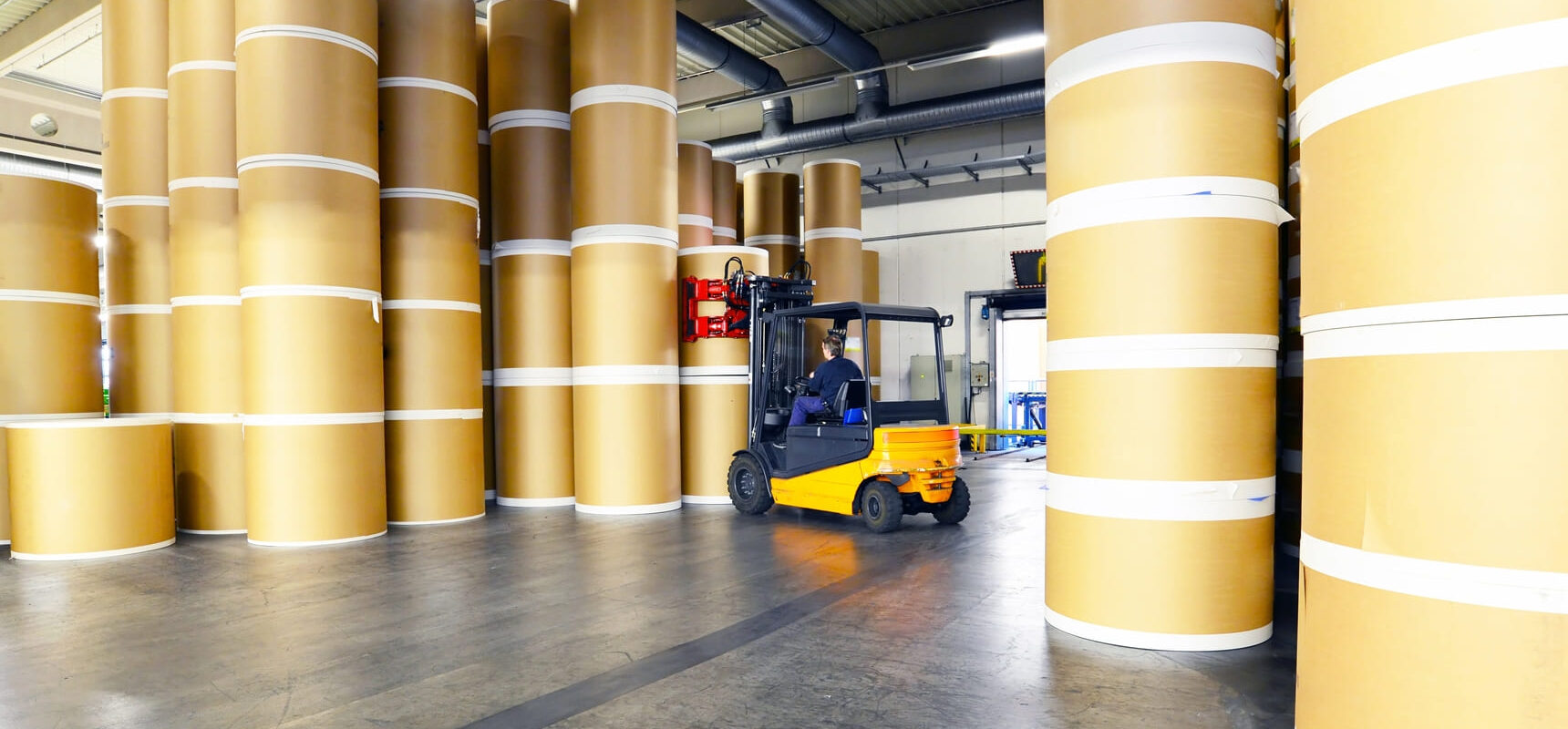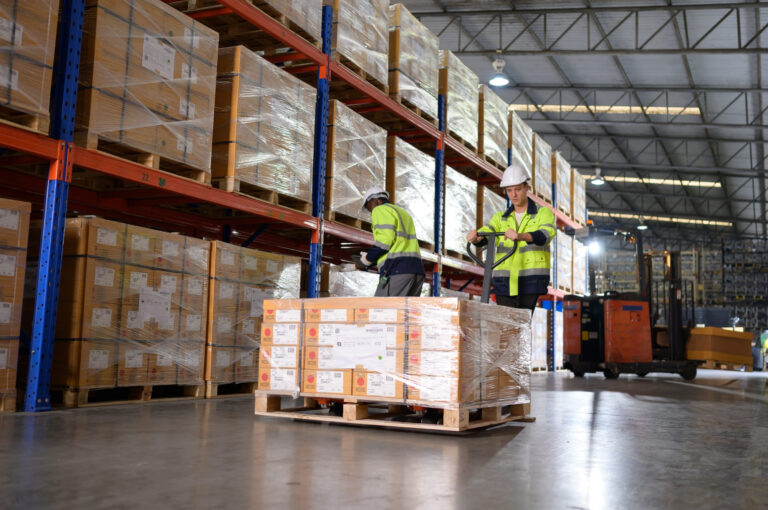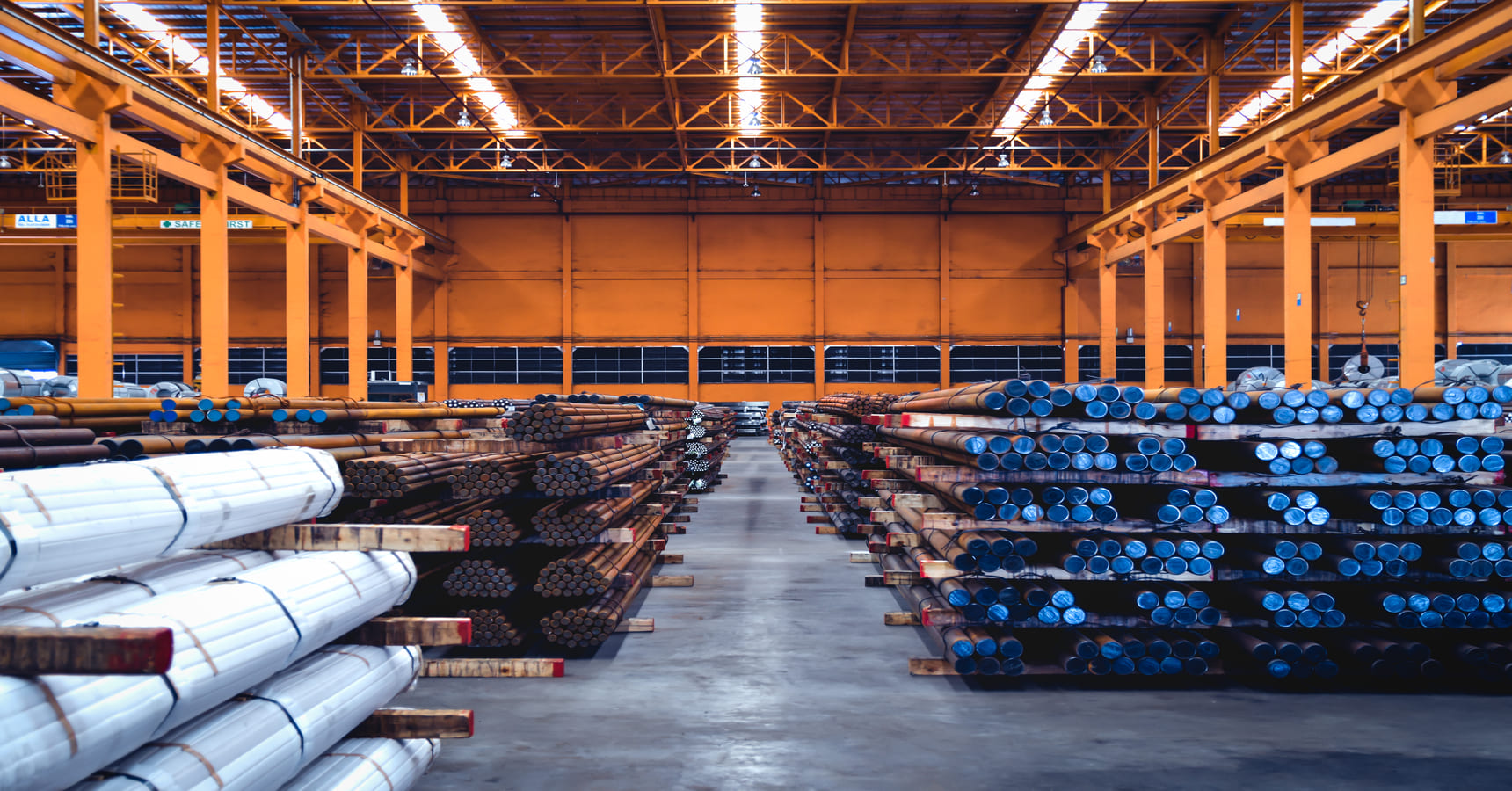Optimized Paper Warehousing Services: Storage, Handling & Logistics Solutions

The paper industry depends on efficient paper warehousing services to move products seamlessly from mills to distributors and retailers. Whether storing raw materials like wood pulp or finished paper rolls and packaging, specialized warehousing keeps products safe, dry, and accessible. In this post, we explore key aspects of warehousing for paper manufacturers and how modern solutions maintain quality and smooth logistics for paper products.
The Role of Warehouse Systems in the Paper Industry
Paper comes in many forms from giant rolls to flat reams, each requiring a tailored storage solution. A well-structured warehouse system optimizes space, protects inventory, and streamlines handling. Key components of paper warehousing include:
- Racking Systems: Adjustable racks efficiently store large rolls and pallets of paper, maximizing vertical space while minimizing damage. High-density layouts (e.g. narrow aisles or double-deep racks) keep more product in less space without sacrificing accessibility.
- Automated Storage & Retrieval (ASRS): Many paper warehouses use ASRS with cranes, conveyors, or robotic shuttles to stow and retrieve heavy paper rolls. Automation boosts storage capacity and retrieval speed while reducing manual labor and error. Keeping workers off forklifts and letting machines handle repetitive movements also improves safety and efficiency.
- Climate Control: Paper is highly sensitive to humidity, heat, and light. Climate-controlled warehousing maintains optimal temperature and humidity to prevent warping, curling, or mold growth on paper goods. By keeping moisture levels stable, warehouses ensure paper stays flat and intact rather than wavy or brittle.
- Inventory Management Software: Modern paper products warehousing relies on digital systems (WMS) to track stock levels, locations, and ages in real time. Each paper roll or pallet is logged with timestamps and location tags, enabling quick lookup and first-in, first-out (FIFO) rotation. Integration with broader supply chain systems (e.g. EDI connectivity) means shippers always know where their inventory is, reducing loss or obsolete stock.
Key Factors in Paper Storage
Proper storage of paper products ensures longevity and smooth operations. Here are some critical factors in warehousing for paper that providers focus on:
- Temperature & Humidity Control: Paper absorbs moisture from the air, leading to curling, warping, or even mold. Conversely, overly dry conditions can make paper brittle. Warehouses must maintain stable, moderate humidity and temperature to preserve paper quality. This often means HVAC systems, dehumidifiers, and insulation to keep the environment in the optimal range.
- Storage Arrangement & Space Optimization: Paper products vary in size and shape, so flexible storage arrangements are key. Efficient paper warehousing uses vertical space and compact layouts – for example, high-bay racking and narrow aisles – to store more product in a given footprint. Automated systems can place heavy rolls in high racks that would be hard to reach manually, ensuring every cubic foot is used smartly. Organizing by size or SKU and using proper rack configurations prevents wasted space and makes order picking faster.
- Specialized Handling Equipment: Handling heavy paper rolls or stacks requires the right equipment to avoid damage. Warehouses use clamp trucks, which are forklifts with paper roll clamp attachments, to lift large rolls without pallets. Some facilities use rotating roll clamps on forklifts or cranes, allowing them to grip and turn rolls safely. Advanced operations even employ vacuum lifters or robotic gripper arms that lift rolls gently with suction, reducing the deformation that can occur with traditional clamps. By using purpose-built equipment and well-trained operators, paper warehouses prevent edge damage, roll drop accidents, and worker injuries during handling.
- Protection Against Damage & Contamination: Paper must be stored in a clean, dry area to avoid dust, dirt, or water damage. Warehousing providers often wrap paper pallets or rolls in protective materials (shrink-wrap, plastic sheeting) as an extra defense against dust and moisture. Facilities are designed to keep out water leaks and to shelter goods from weather during loading/unloading. For example, some warehouses have enclosed docks or even extend to port quays so that paper rolls never get exposed to rain or harsh conditions. Security measures are also crucial – keeping the warehouse secure against theft or pests protects these valuable goods. In short, a paper warehousing service should offer a clean, secure environment where contamination risks are minimized.
- Inventory Tracking & Turnover: Given the bulk nature of paper, strong inventory management is essential. Warehouses use computerized tracking to monitor each roll and stack, ensuring FIFO rotation so that older paper ships out first. This prevents paper from sitting too long and becoming obsolete or damaged over time. Barcode and RFID tagging is common, allowing staff to scan items into location and retrieve them accurately. Real-time inventory data helps managers know exactly how much stock is on hand and where it’s located. As a result, orders can be fulfilled without delay and customers get up-to-date information. Effective tracking also means fewer lost products – every unit is accounted for from arrival to dispatch.
- Fire Safety Protocols: Paper is a flammable material, so fire prevention and preparedness are paramount in paper warehouses. Facilities are typically equipped with fire suppression systems like sprinklers or water mists throughout the storage areas. Many providers have 24/7 monitored fire alarms and security systems to catch any sign of smoke or heat immediately. Strict rules are enforced to keep open flames, sparks, and heat sources away from paper storage. Proper aisle spacing around stacks, clearly marked fire exits, and regular safety drills all contribute to a safer environment. By following fire codes and maintaining firefighting equipment, warehouses significantly reduce the risk of a devastating paper fire.
Why Choose OLIMP for Paper Warehousing?
OLIMP simplifies the search for the right paper warehouse near me with a digital platform that connects you to specialized storage facilities. Whether you need space for large parent rolls, pulp bales, or retail-ready paper products. Our extensive network includes warehouses with high-capacity equipment like pulp clamps, roll clamps, and heavy-duty forklifts to ensure efficient and safe material handling.
OLIMP connects you with warehouses that support transloading, cross-docking, and reliable on-time delivery. Whether your paper products come by rail, truck, or steamship, our platform helps you find the perfect facility with the right capabilities for your needs. We also offer direct rail access and established distribution channels for smooth operations.
Our platform simplifies the process of managing your paper logistics, allowing you to focus on improving efficiency and driving success.
Conclusion
Efficient warehousing systems are essential for the paper industry to ensure smooth operations and maintain the quality of paper products. By integrating advanced warehouse systems, managing environmental factors, optimizing storage arrangements, and maintaining safety protocols, paper warehouses can effectively handle the unique needs of the paper industry.
You may be interested in

Public Warehousing: A Comprehensive Guide
Public warehouses are third-party storage facilities where multiple companies can rent space and services on a flexible basis. In other words, a public warehouse (or public warehousing facility) is a large, multi-client warehouse owned by an independent provider, not by a single company. Businesses facing seasonal surges or fluctuating inventory needs often use public warehousing […]

Best Practices for Warehouse Receiving Processes
Warehouse receiving is the essential first step of warehouse operations – it covers everything from unloading inbound shipments to updating inventory records. In practice, warehouse receiving (sometimes handled in a dedicated receiving warehouse) means checking in, inspecting, and storing all goods as they arrive. A smooth receiving process ensures that products are accurately documented and […]

Essential Guide to Industrial Warehousing: Key Features, Technologies & Challenges
Industrial warehousing plays a pivotal role in the global supply chain, ensuring the efficient storage, management, and distribution of goods. In the broader transportation and warehousing industry, millions of people are employed to keep products moving (about 6.6 million in the U.S. as of mid-2024). Businesses, from manufacturers to retailers, rely on industrial warehouses to […]
Ready to streamline your warehousing needs?
Request a quote today and discover how OLIMP's tailored solutions can optimize your operations